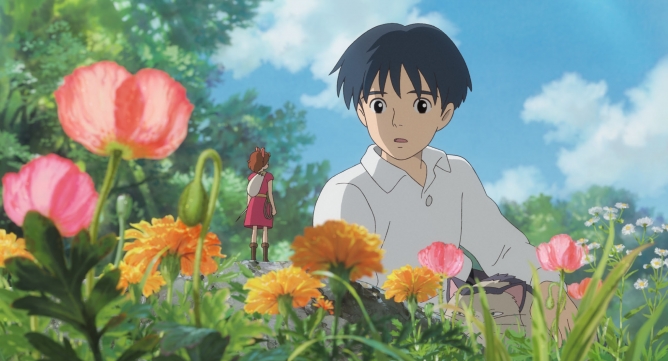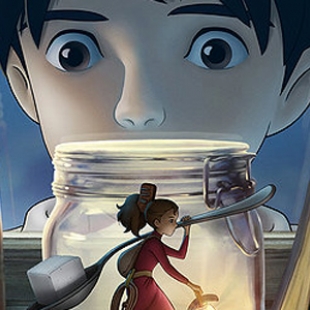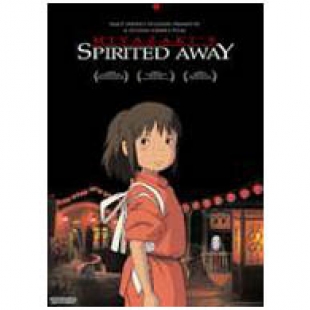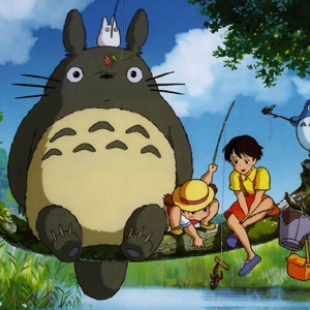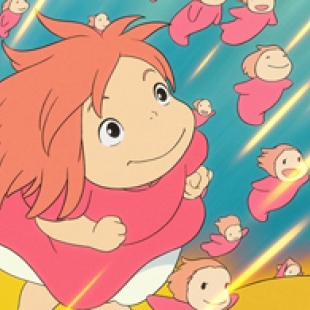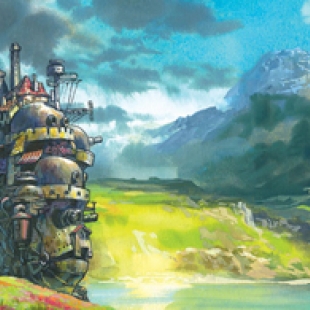The Art of The Secret World of Arrietty
A truly effective movie is an immersive experience. When visual images combine with a compelling story, moving music and excellent acting, it’s easy to lose all sense of time and place and become completely absorbed in the drama we see unfolding on screen.
It’s also easy to forget the hundreds of people, millions of dollars, and countless hours of effort that go into providing us an entertaining two hours of suspended disbelief. Fortunately, an increasing number of behind-the-scenes books and documentaries shed some light on the process. It’s one of these books that I’ll be discussing in this review.
The movie that inspired its publication is The Secret World of Arrietty —an animated feature created by the famed Japanese Studio Ghibli, and directed by seasoned animator Hiromasa Yonebayashi. Ghibli is the same studio that created films like My Neighbor Totoro and Spirited Away—immediate classics in their native Japan, and beloved by audiences around the world for their unique stories and magnificent animation quality. So it comes as no surprise that this book is equally superb. These guys are pros when it comes to presentation.
The Secret World of Arrietty was created through the tried and true techniques of cell animation. That means that instead of using computers to design and generate the artwork seen on screen, Ghibli animators have stuck to the much older method of painting backgrounds and character art by hand on separate cells, then layering the images and photographing them to build sequences of animation. It’s a tedious process many western studios have abandoned in favor of CGI. This makes films like Arrietty stand out on the world stage. The sheer investment of time and talent is worth praise on its own. Even more remarkable is the level of detail and realism contained in every frame. Arrietty’s world is realized with almost photographic accuracy.
Knowing this, a book dedicated to the film’s artistic development immediately piqued my interest. What does it take to make a movie where even the backgrounds could be sold as fine art and hung on the wall? Where details that will be seen for a split second on screen were lavished with so much attention? And would a book really do all that work justice?
The answer is yes. This tome is a hefty 244 pages long and spans the entire production of the film, with early character sketches, finalized designs, background art in abundance, and the complete voice-over script. It’s also peppered with interviews from the director and his two art directors, Yoji Takeshige and Noboru Yoshida.
If you’re a Ghibli fan, this is the ultimate geek fest. Expect to spend hours staring dumbfoundedly as masterpiece after masterpiece fills the pages. If, instead, you’d just like something interesting to adorn your coffee table, don’t worry, the stunning cover art will do the trick. But you should know that this particular art book is a lot meatier than the average publication meant to accompany an animated feature. Disney, Pixar and Dreamworks, along with many cartoon and independent filmmakers, also produce books that will walk you through their production design. But these tend to be heavy on art and light on information—often containing a few notes at the beginning of each chapter, followed by pages of sketches with few accompanying remarks. By comparison, Ghibli publications read more like text books. Really pretty text books.
In the world of movie-making, neither approach is right or wrong, simply different. Just like their exquisite cell animation and unique brand of storytelling, Ghibli films were made to stand out. And The Art of the Secret World of Arrietty does just that in a way that’s both informative and crazy beautiful.
Other books featuring the work of Studio Ghibli are available. Look for: The Art of Ponyo The Art of Howl’s Moving Castle Castle in the Sky (Picture Book) Princess Mononoke (Picture Book)

